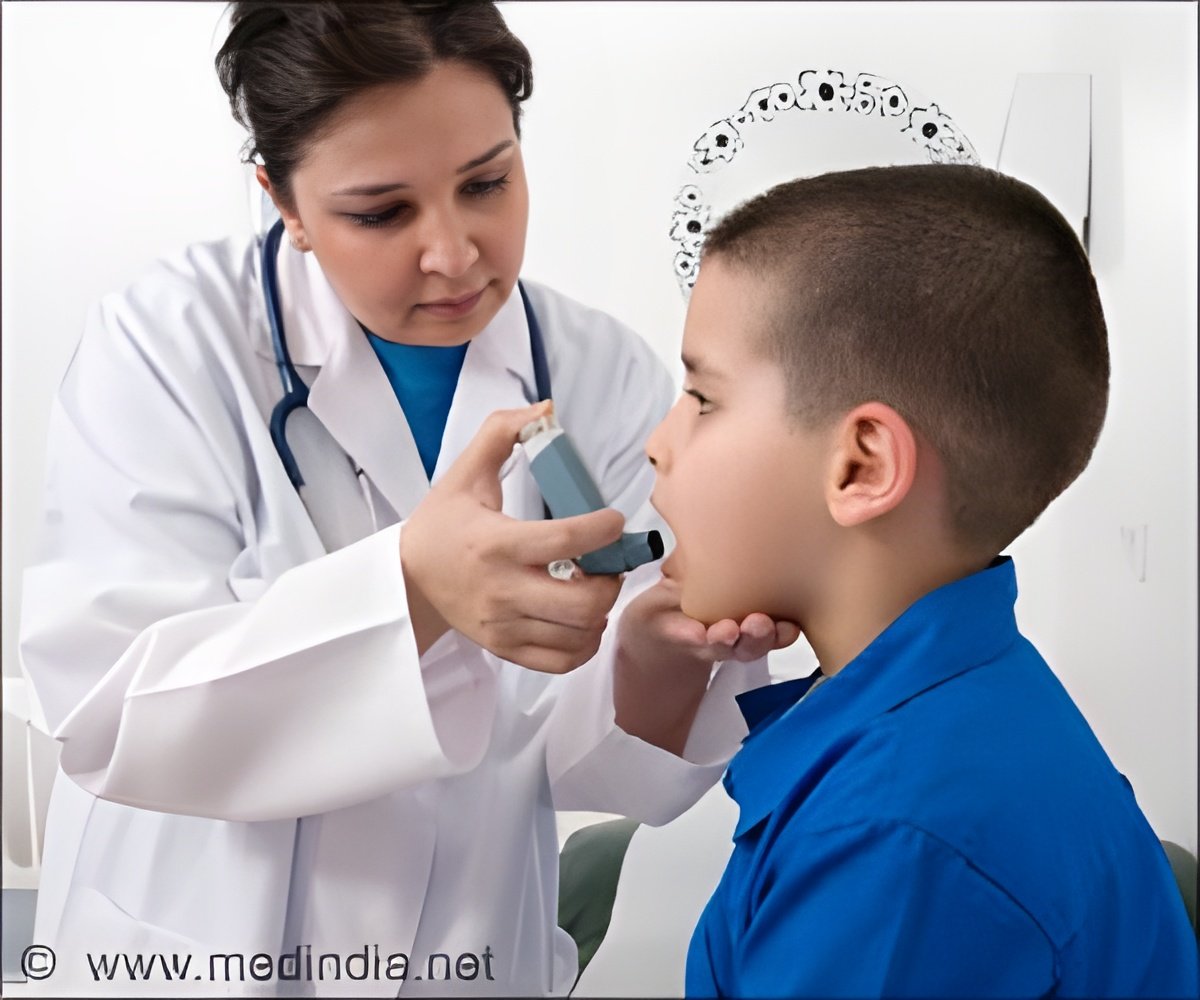Hospital medicine groups across the country can now improve their patient care and hospital operations with a new assessment tool published today in the Journal of Hospital Medicine.

There is continuing growth in the specialty of hospital medicine, which concerns the medical care of acutely ill hospitalized patients. There are now more than 40,000 hospitalists — or doctors specialized in the care of patients in the hospital—across the United States. The Society of Hospital Medicine, which facilitated the creation of the characteristics, estimates that hospitalists are currently caring for patients in more than 3,200 hospitals.
The capabilities and performance of HMGs vary significantly, and there are few guidelines that HMGs can use as tools to help them improve. To address this deficiency, the Society of Hospital Medicine (SHM) and a panel of experts identified the key principles and characteristics of an effective HMG.
"Just seven years ago, SHM's Core Competencies outlined what it meant to be a hospitalist. Today, we propose a framework that defines what it means to be an effective hospitalist group," said SHM president Eric Howell, MD, SFHM. "It's our hope that hospitalists, hospital executives and anyone involved in the care of hospitalized patients will use the framework to assess their hospitalist programs and improve them as appropriate."
Over a 2-year period, the principles and characteristics were developed based on expert opinion supplemented by feedback from more than 200 stakeholders representing a diverse group of hospitals and hospitalists. The result is a framework, which consists of 47 key characteristics organized under 10 principles, that defines the central role of hospitalists in coordinating team-based, patient-centered care in the acute care setting. The framework can be used to identify strengths, weaknesses, opportunities, and challenges. The 10 principles include ways to encourage:
- Effective leadership
- Engaged hospitalists
- Adequate resources
- Effective planning and management infrastructure
- Alignment of HMGs with hospitals and/or health systems
- Care coordination
- Consideration of key clinical issues, such as teaching, quality, safety, efficiency, and the patient/family experience
- A thoughtful and rational approach to clinical activities
- A practice model that is patient- and family-centered, team-based, and emphasizes effective communication and care coordination
- Recruitment and retention of qualified clinicians Advertisement
Cawley sees the principles as a longstanding reference document for all hospitalists and their groups.
Advertisement
Source-Eurekalert









